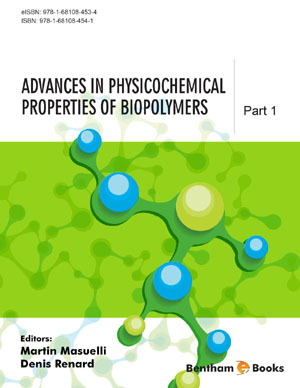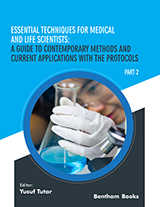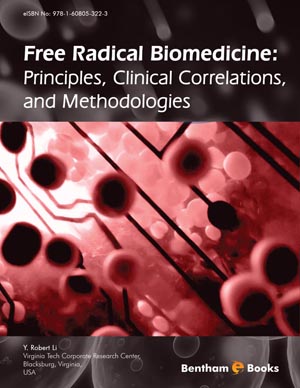Abstract
Mass spectrometry (MS) is a powerful tool to study biological samples both qualitatively (structure) and quantitatively (molecular mass). In recent years with the improvement of soft ionization techniques and the development of new methods, its application in proteomics, microbiology and clinical laboratories has increased. Especially in proteomics laboratories, it is commonly used for determining protein amino acid sequence, identification of post translational modifications, determining protein-peptide/protein/DNA interactions, determining protein folding and unfolding rates etc. In microbiological laboratories, MS is mainly used to identify microorganisms such as bacteria and fungi. Even though its use in clinical laboratories still needs improvement of methods, it can be used for diagnosis of disease, identification of metabolic disorders, discovering new biomarkers and identifying drug toxicity. This chapter provides a general review of MS applications in proteomics.
Keywords: Chemical Cross Linking coupled by MS (XL-MS), Electrospray Ionization, Hydrogen Deuterium Exchange coupled by MS (HDX-MS), Ion Trap Mass Analyzer, Matrix Assisted Laser Desorption Ionization, Proteomics, Protein Sequencing, Quadrupole Mass Analyzer, Time of Flight Mass Analyzer.

















